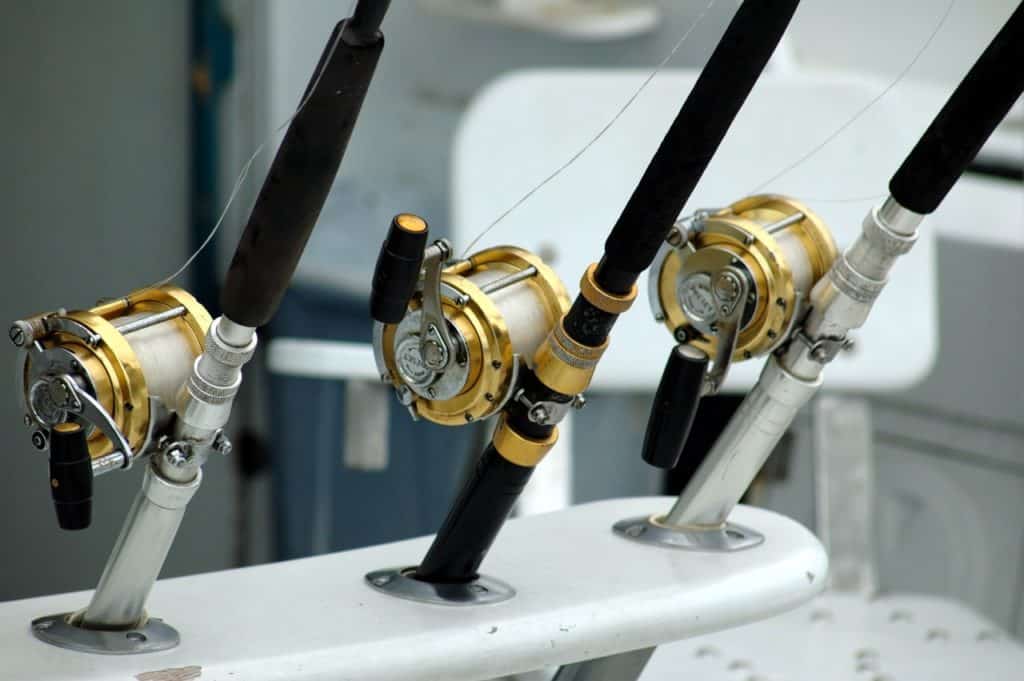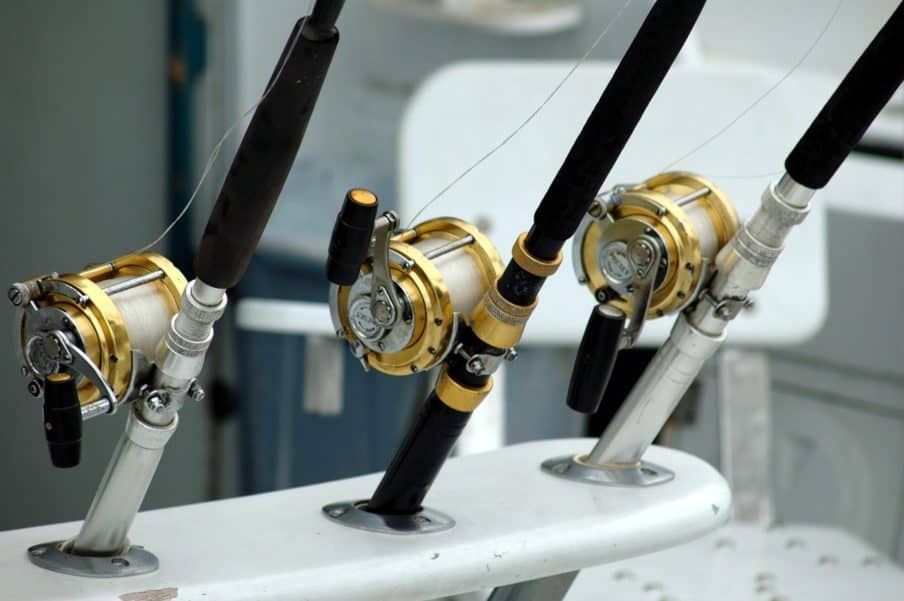
Fishing in Costa Rica: From Ancient Nets to Sustainable Seas
Fishing has been a cornerstone of Costa Rican life for thousands of years, shaping its culture, feeding its people, and driving its economy. From the pre-Columbian era to today’s sustainable practices, the country’s rich marine resources—spanning two coastlines on the Pacific and Caribbean—have been both a blessing and a challenge to manage. Let’s trace the history of fishing in Costa Rica, correct some oversights, and look at where the industry stands now.
Pre-Columbian Fishing: Simple Tools, Deep Knowledge
Long before Europeans set foot in Costa Rica, indigenous groups like the Chorotega, Huetar, and Bribri relied on fishing as a key food source. Your article mentions hand-lines and spears, which is accurate but only part of the story. Archaeological evidence suggests these communities also used nets made from plant fibers, fish traps woven from reeds, and even poison derived from local plants to stun fish in shallow waters. They targeted species like snapper, tuna, and lobster, as you noted, but also gathered mollusks, crabs, and sea turtles, especially along the Pacific coast and in the Gulf of Nicoya.
These early fishers didn’t just fish for survival; fishing was woven into their cultural and spiritual practices. For example, the Bribri viewed certain fish as sacred, incorporating them into rituals. They fished sustainably, guided by an intimate understanding of tides, seasons, and fish migration patterns. Your article captures the dietary importance but misses this ecological and cultural depth, which highlights how indigenous knowledge laid the groundwork for sustainable fishing long before modern regulations.
Colonial Era: New Tools, New Pressures
When the Spanish arrived in the 16th century, they brought new fishing methods, as you mentioned. Nets and traps increased efficiency, but the colonial impact went beyond technology. The Spanish focused on exploiting resources for trade, targeting high-value species like shrimp and exporting dried fish to other colonies. This shift introduced commercial fishing to Costa Rica, moving away from the subsistence-based practices of indigenous groups.
However, your article overstates the immediate economic impact of these changes. Fishing remained a small-scale activity compared to agriculture and mining during the colonial period, as Costa Rica’s rugged terrain and small population limited large-scale operations. The Spanish also disrupted indigenous fishing communities by seizing coastal lands, forcing many to adapt to inland farming. This displacement reduced traditional fishing knowledge, a detail missing from your original piece.
19th to Early 20th Century: Growth and Innovation
Your point about ice-making machines and refrigeration in the 19th and early 20th centuries is spot-on. These innovations transformed Costa Rica’s fishing industry by allowing fish to be preserved and exported, particularly to the United States and Europe. By the 1890s, Costa Rica was exporting significant amounts of fish, with landings reaching 179,000 tonnes, as noted in historical records. The Gulf of Nicoya and Puntarenas became hubs for commercial fishing, targeting shrimp, sardines, and tuna.
This period also saw the rise of small-scale artisanal fishing communities, which your article doesn’t fully explore. These fishers used wooden boats and traditional methods alongside newer technologies, creating a vibrant coastal economy. However, the lack of regulation during this time began to strain fish stocks, setting the stage for later challenges.
Mid-20th Century: Overfishing and Environmental Wake-Up
From the 1950s onward, Costa Rica’s fishing industry ran into serious trouble. Intense fishing, especially shrimp trawling in the Gulf of Nicoya, hit fish populations hard, with species like snapper and grouper starting to vanish from markets by the 1980s. Trawlers didn’t just scoop up shrimp—they wrecked seafloor habitats, making it tougher for marine life to bounce back. At the same time, coastal mangroves, which young fish need to grow, were chopped down for farmland and tourist spots, while pollution from nearby towns added to the mess. These problems piled up, threatening the livelihoods of small-scale fishers who relied on healthy seas.
The scale of the damage woke up Costa Rica’s leaders, and they started fighting back. In the 1980s and 1990s, the government rolled out fishing quotas to limit catches and set up marine protected areas, like Cabo Blanco, to give ecosystems a break. They also pushed for better gear, like nets that wouldn’t trap everything in sight. These steps weren’t perfect—some fishers grumbled about tighter rules—but they marked a shift toward protecting the oceans. By 1994, the creation of INCOPESCA, the country’s fisheries institute, gave fishers and scientists a way to work together, laying the foundation for smarter management that’s still evolving today.
Modern Fishing: Balancing Tradition and Innovation
Today, fishing remains a vital part of Costa Rica’s economy, though it’s a small slice of GDP at about 0.3%. The country is renowned for its seafood, from fresh mahi-mahi to export-grade tuna. Artisanal fishers, who make up most of the industry, use hand-lines and long-lines to catch pelagic species, while industrial fleets target tuna in the Exclusive Economic Zone (EEZ). Your mention of aquaculture is accurate—tilapia and shrimp farming have grown, especially in the Gulf of Nicoya, contributing to food security and reducing pressure on wild stocks.
However, challenges persist. Illegal, unreported, and unregulated (IUU) fishing remains a problem, with limited monitoring in the vast EEZ. Pollution, including plastic waste and agricultural runoff, threatens coastal habitats. A recent incident saw thousands of fish die in Caribbean lagoons, possibly due to pollution or climate change. Climate change also disrupts fish migration and coral reefs, which support biodiversity. Your article doesn’t address these ongoing issues, which are critical to understanding the industry’s current state.
Costa Rica is tackling these problems with innovative solutions. The $90 million Sustainable Fisheries Development Project, backed by the World Bank, is improving governance, investing in value chains, and supporting fishing communities. Technology, like satellite monitoring by Global Fishing Watch, has slashed illegal fishing in Cocos Island National Park by 98% in 2024. Ecotourism and sport fishing, especially for sailfish and marlin, are also booming, providing alternative income for coastal communities.
Chart: Fish Landings in Costa Rica (1990–2020)
To give you a clearer picture, here’s a chart showing fish landings over time, reflecting the impact of overfishing and management efforts:
| Year | Landings (Tonnes) | Notes |
|---|---|---|
| 1990 | 179,000 | Peak of unregulated fishing |
| 2000 | 120,000 | Decline due to overfishing |
| 2010 | 90,000 | Early impact of MPAs and quotas |
| 2020 | 85,000 | Stabilized with sustainable practices |
Data estimated from historical trends and INCOPESCA reports.
This chart shows how landings dropped as overfishing took its toll, but recent stabilization reflects better management. It’s a visual reminder of the delicate balance Costa Rica is striving to maintain.
Looking Ahead: A Sustainable Future?
Costa Rica’s fishing history is a story of adaptation—from indigenous fishers reading the tides to modern fleets using satellite data. Your article captures the broad strokes but misses some nuances, like the cultural significance of indigenous practices, the colonial disruption, and the ongoing battle against IUU fishing and pollution. Today, the country is a leader in sustainable fishing, with MPAs covering 2.7% of its marine territory and community-driven AMPRs empowering local fishers.
Still, the future hinges on addressing climate change, enforcing regulations, and scaling up aquaculture responsibly. For visitors to Costa Rica, this means enjoying fresh ceviche or a sailfish catch-and-release adventure while supporting a nation committed to its seas. For locals, it’s about preserving a way of life that’s as old as the tides.
If you’re planning a trip, check out local seafood markets in Puntarenas or join a responsible fishing tour in Quepos. You’ll taste the history and see why Costa Rica’s oceans are worth protecting.

